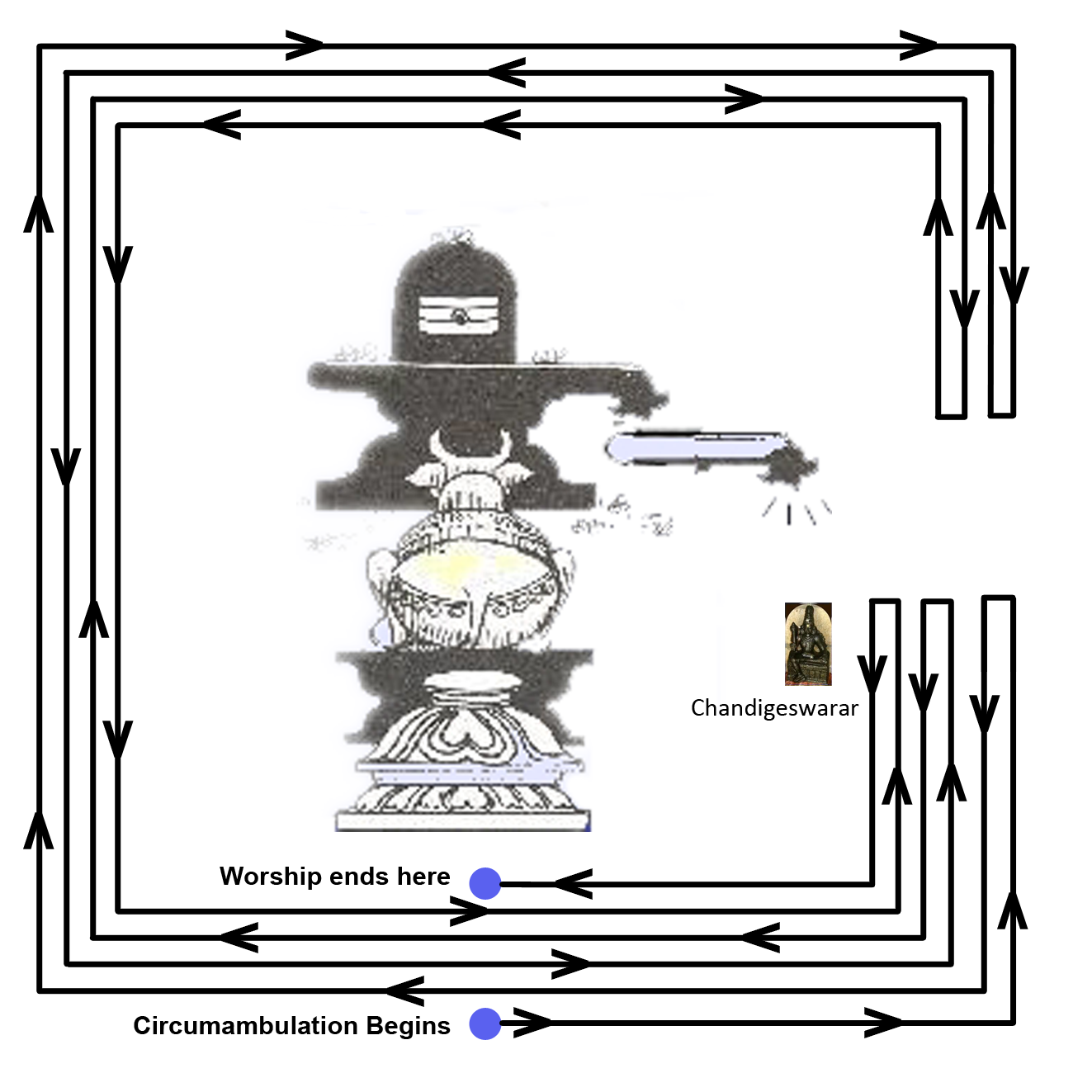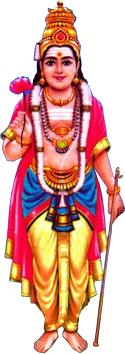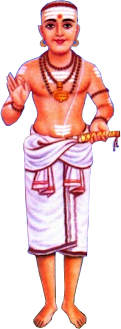Pradosha Puranam
Pradosha pooja is one of the most sacred and important according to PRADOSHA PURANA.Once the gods (Devas) and the demons (Asuras) were churning the milky ocean with the help of Vasuki, the serpent king, hoping to extract amrtam (nectar) from the Kseerabthi (milk ocean). Vasuki who was employed as a rope for churning, endured severe abrasions and strangulation. Thereupon, she spewed halahalam, a potent dark poison capable of destroying the worlds. Threatened by the scorching venom, the celestials fled in great horror. Brahma took to His heels. Vishnu’s bluish body darkened further. Indra could not be seen. Agni, the fire god, could not bear the raging heat. Yama ran amuck in all directions. Varuna became unconscious, Kubera fled. Hosts of siddhas, Caranas, Gandharvas, Yakshas and Maharshis went to Kailasa and sought the Lord’s feet as refuge.
God Shiva was moved with pity at their plight and was overcome with compassion by their prayers. Soon He bade Sundara for a prompt intervention, who then rushed to the ocean, collected the all-pervasive poison and holding it in his hand as a small jambu fruit, returned to Kailasa. The Lord became exceedingly happy after seeing it. He showed it to Girija and gave the title ‘Halahala’ to Sundara, who thenceforth came to be known as Halahala Sundara. Thereupon, the Lord accepted the Halahala pellet from his hand and, with the loving permission of Universal Mother, swallowed it. By goddessUma’s command, the pellet froze in the Lord’s throat, painting it blue and becoming an embellishment, gave Him the name NilakanTa. [It is also a common practice for womanhood to worship Goddess Parvathi for long life of Husbands as She is having ‘Maangalya Baagyam’ and could turn the poison into nectar].
On Trayodhasi(thirteenth moon day) they realised their sin of not praying the God and pleaded for forgiveness. The pleased graceful Lord Shiva forgave them and danced between the horns of the Nandhi (Holy Bull). That time is called Pradhosham. Whoever Prays Lord Shiva in that time, Lord Shiva fulfills their wishes and give them mukthi. Anoint Lord Shiva with Love, He would give Himself!
Among the poojas performed by Shaivites to the Graceful Lord Shiva. In Shukla Paksha (15 moon days from new moon to full moon) and Krishna Paksha (15 moon days from full moon to new moon) the evening of the Trayodasi (thirteenth moon day) between 4.30 pm to 6.00 p.m. is called "Pradosham". It comes once in fifteen moon days. Pradosha time is to Pray Lord Shiva and invoke His Blessings. Praying in this time will free us from sins and givesMoksha (hence the name Pradosha). During Pradosha time, a special type of circumambulating called ("Somasutra Pradakshinam) which is elaborated in this site separately.
During Prodhosha time anointing (Abhishekam) the Shiva deity with the Following is considered fruitful.
| Abhisheka Name | Its Effects |
| Panchagavyam | Removes all signs of mankind |
| Panchamrutham | Gives Wealth |
| Ghee | Gives Moksha State |
| Milk | Gives Long Life |
| Curd | Gives Good Children |
| Honey | Melodious Voice |
| Rice Powder | Frees from debts |
| Sugar Cane Juice | Gives good health and removes enmity |
| Lime Juice | Removes fear of death |
| Tender Coconut Juice | Gives enjoyment and full satisfaction in life |
| Cooked Rice (Annam) | Gives majestic life |
| Sandal Paste | Gives Lakshmi's Grace |
| Sugar | Removes enmity |
Somasuthra Pradakshinam is a unique way of circumambulating the GOD.
First saluting the Rishabha Devar (Holy Bull or Nandi) go anti-clockwise and salute Chandishwarar (not crossing the Gomukhi). Now return in the clockwise manner salute Rishabham and continue clockwise till the Gomukhi (not to cross it again). Then return in anti-clockwise direction salute the Rishabham again and proceed towards chaNdIshar. From there return back clockwise without worshiping Rishabham and reach the Gomukhi. Finally return back anticlockwise from there to salute Rishabham and continue to Chandishwarar and return back to Rishabham and worship the Shiva Lingam (at the altar) by viewing through the space between the two horns of the Holy Bull. This is one Pradakshinam. Three such times Pradakshinam to be done. If you carefully observe the curve traced by doing the pradakshinam is very similar to the periphery of the crescent. Hence this way of circumambulating is called Somasutra Pradakshinam.
During the pradhosham time Somasootra Pradakshinam is the recommended way of circumambulating the God. In many of the temples this is followed always. A point to note here is that the gomukhi is never crossed. gomukhi is the place where the water after anointing (abhiSheka theertham) would be flowing northwards out. By doing this way of Pradakshinam one does not step over this holy water.
As per the above marked symbols this Pradakshinams is to be done. First saluting the R^iShabha devar (Holy Bull) go anti-clockwise and salute chaNdIshar (not crossing the Gomukhi). Now return in the clockwise manner salute VruShabham and continue clockwise till the Gomukhi (not cross it again). Then return in anti-clockwise direction salute the RiShabham again and proceed towards Chadeeshar. From there return back clockwise without worshiping Rishabham and reach the Gomukhi. Finally return back anti-clockwise from there to salute Rishabham and continue to chandIshar and return back to Rishabham and worship the Shiva Lingam (at the altar) by viewing through the space between the two horns of the Holy Bull. This is onePradakshinam. Three such times Pradakshinam is to be performed.
If you carefully observe the curve traced by doing the Pradakshinam is very similar to the periphery of the crescent. Hence this way of circumambulating is called Somasutra Pradakshinam.
The following is the illustration of how you should perform Somasutra Pradakshinam :
SOMASUTRA PRADAKSHINAM (This is performed only during Pradosha Kalam)










